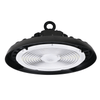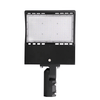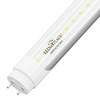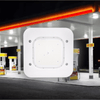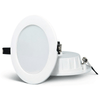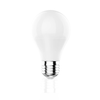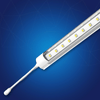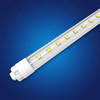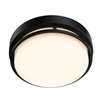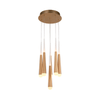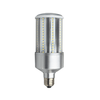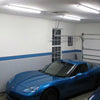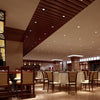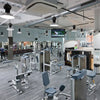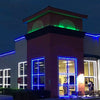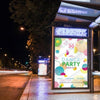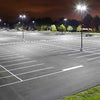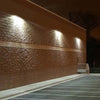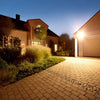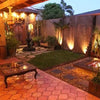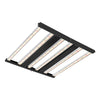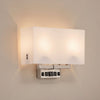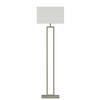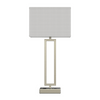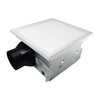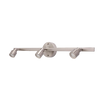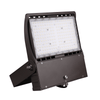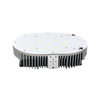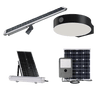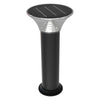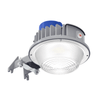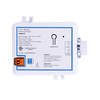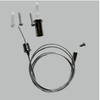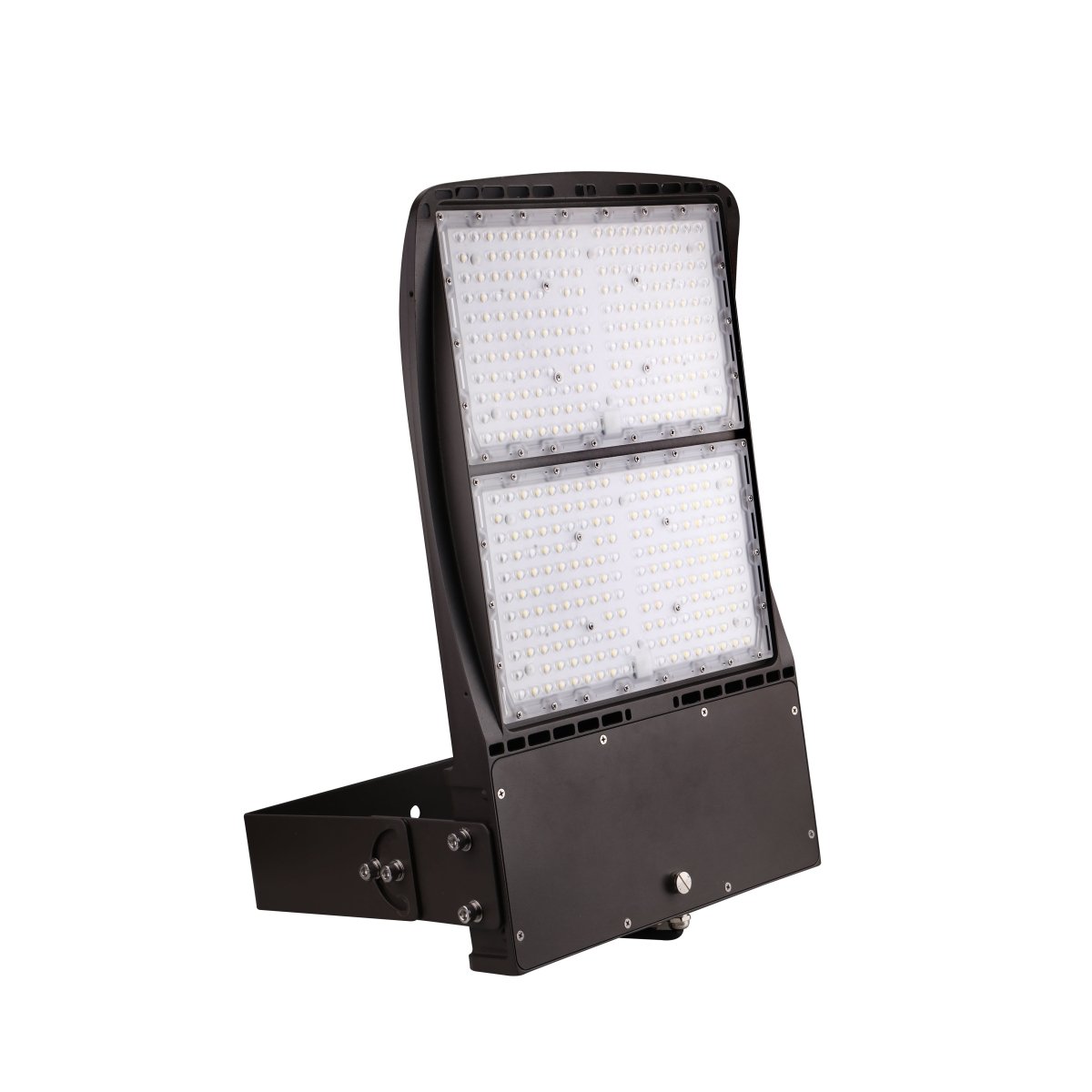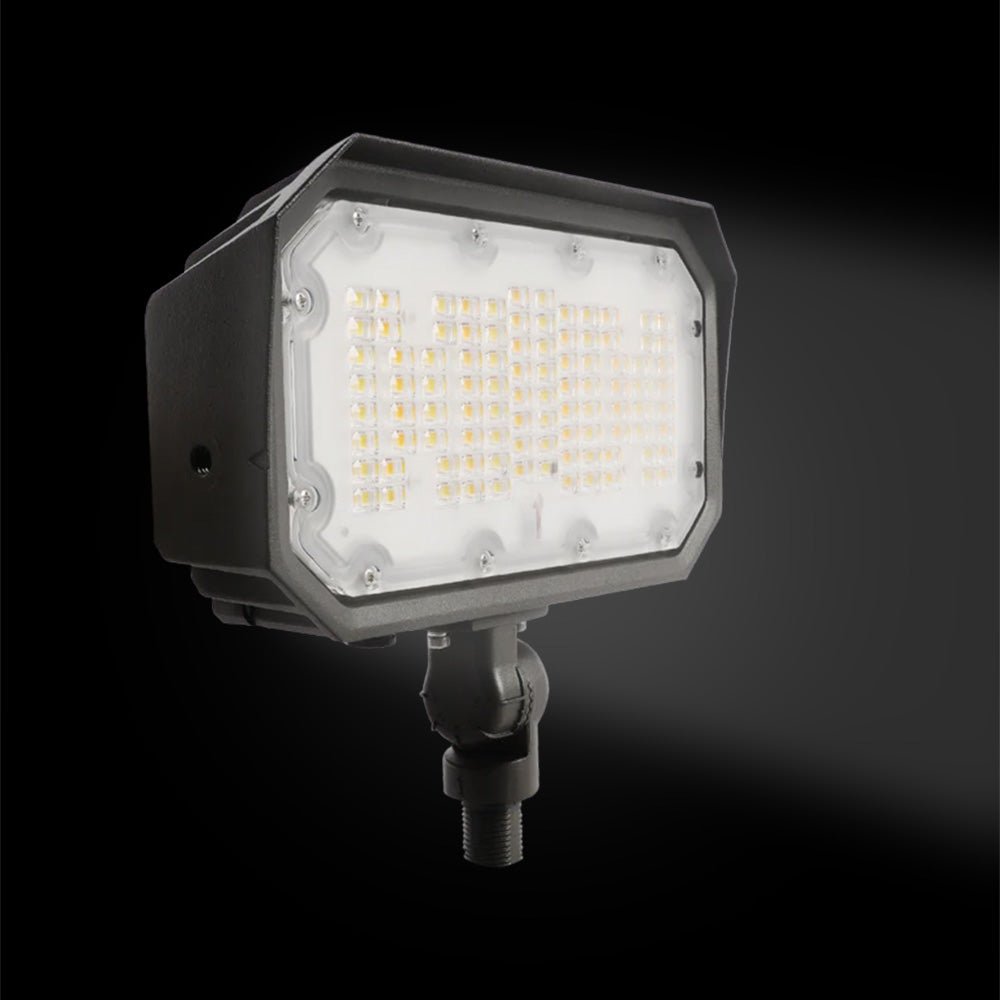In the realm of outdoor lighting, the term "flood light" often conjures up images of powerful, wide-reaching illumination. However, the origins and significance of flood lights go beyond their name. In this article, we will delve into the fascinating world of flood lights, exploring the reasons behind their nomenclature, their purpose, the various types available, and how to choose the right one for your specific needs.
The Origin of the Term "Flood Light"
To understand why these lights are referred to as "flood lights," we must trace back to their inception. The term "flood light" originates from the idea of flooding an area with light. These lights are designed to emit a broad and intense beam of light, effectively flooding a space with illumination. This flood of light is particularly useful for various applications, ranging from outdoor sports events to enhancing security.
Shedding Light on the Purpose of Flood Lighting
Illuminating Large Areas
One of the primary purposes of flood lights is to provide extensive illumination to outdoor spaces. These lights are often used in settings where a large area needs to be well-lit, such as stadiums, parking lots, and outdoor stages. Their high-intensity beams can cover vast expanses, ensuring visibility and safety.
Enhancing Security
Flood lights play a crucial role in bolstering security. When strategically placed around a property, they deter trespassers and intruders by illuminating the surroundings, making it difficult for them to remain unnoticed. This added layer of security can help safeguard homes, businesses, and public spaces.
Accentuating Architectural Features
In addition to their practical applications, flood lights are also employed for aesthetic purposes. They can be used to highlight the architectural beauty of buildings, monuments, and landscapes. By creatively positioning flood lights, you can transform an ordinary structure into a visually stunning masterpiece.
Supporting Outdoor Activities
Flood lights are indispensable for outdoor activities that extend into the evening hours. From sporting events and concerts to backyard gatherings, these lights ensure that participants and spectators can enjoy their experiences without being hindered by darkness.
Exploring the Different Types of Flood Lights
Flood lights come in various types, each tailored to specific needs and preferences. Understanding the differences between these types can help you make an informed decision when choosing the right one.
Halogen Flood Lights
Halogen flood lights are known for their brightness and color accuracy. They emit a warm, white light that closely resembles natural sunlight. However, they tend to consume more energy compared to other options.
LED Flood Lights
LED flood lights are highly energy-efficient and durable. They produce minimal heat and are available in a range of color temperatures. LED technology has revolutionized flood lighting, offering long-lasting performance and reduced energy costs.
Solar-Powered Flood Lights
These environmentally friendly flood lights harness solar energy to power LED bulbs. They are an excellent choice for areas without access to electrical outlets and can operate autonomously, charging during the day and illuminating at night.
Motion-Activated Flood Lights
Motion-activated flood lights are designed for security purposes. They only activate when motion is detected, conserving energy and alerting homeowners to potential intruders.
Choosing the Right Floodlight for Your Needs
Selecting the appropriate floodlight depends on your specific requirements. Consider factors such as the size of the area to be illuminated, energy efficiency, and whether security is a primary concern. LED flood lights are often a versatile and cost-effective choice for most applications.
Remember, the goal is to provide ample illumination while minimizing energy consumption and maximizing the lifespan of the light source.
Conclusion
Flood lights, despite their straightforward name, offer a diverse range of applications and benefits. From brightening up outdoor events to securing your property, these lights have become an integral part of modern outdoor lighting solutions. By understanding the various types and their purposes, you can make an informed decision when investing in flood lights for your specific needs.
FAQs
1. What distinguishes flood lights from other outdoor lighting options?
Flood lights are characterized by their ability to emit a wide and intense beam of light, making them suitable for illuminating large areas and enhancing security.
2. Are LED flood lights more energy-efficient than traditional halogen flood lights?
Yes, LED flood lights are significantly more energy-efficient and have a longer lifespan compared to traditional halogen flood lights.
3. Can solar-powered flood lights work effectively in areas with limited sunlight?
Solar-powered flood lights may not perform optimally in areas with limited sunlight, as they rely on solar panels to charge their batteries during the day.
4. How can motion-activated flood lights enhance home security?
Motion-activated flood lights detect movement and automatically illuminate the area, serving as a deterrent to potential intruders and enhancing security.
5. What is the lifespan of an average LED flood light?
The lifespan of an LED flood light can vary, but it typically ranges from 25,000 to 50,000 hours, making them a long-lasting lighting option.







